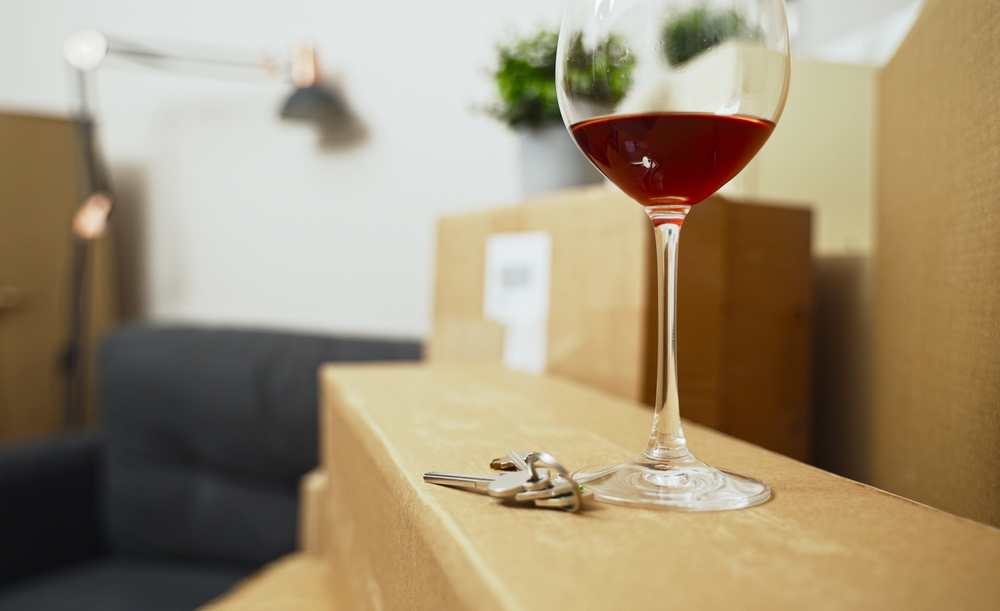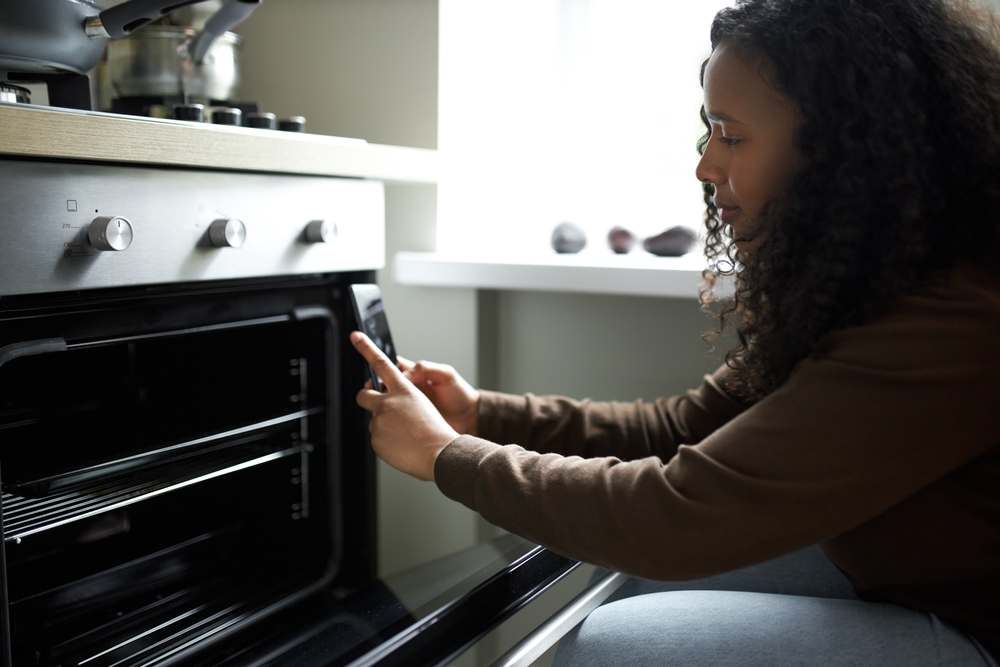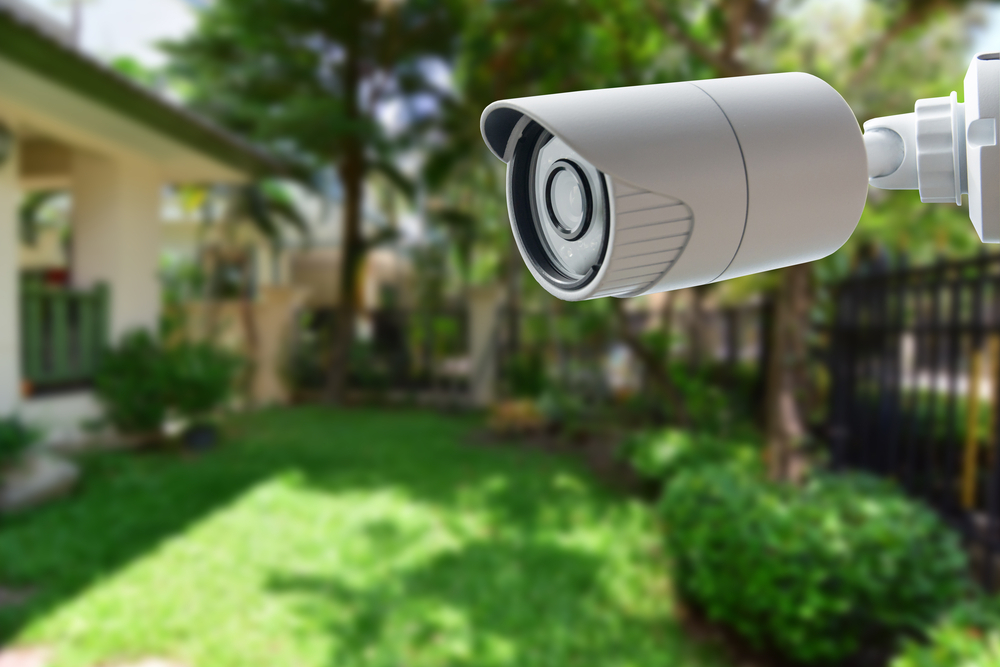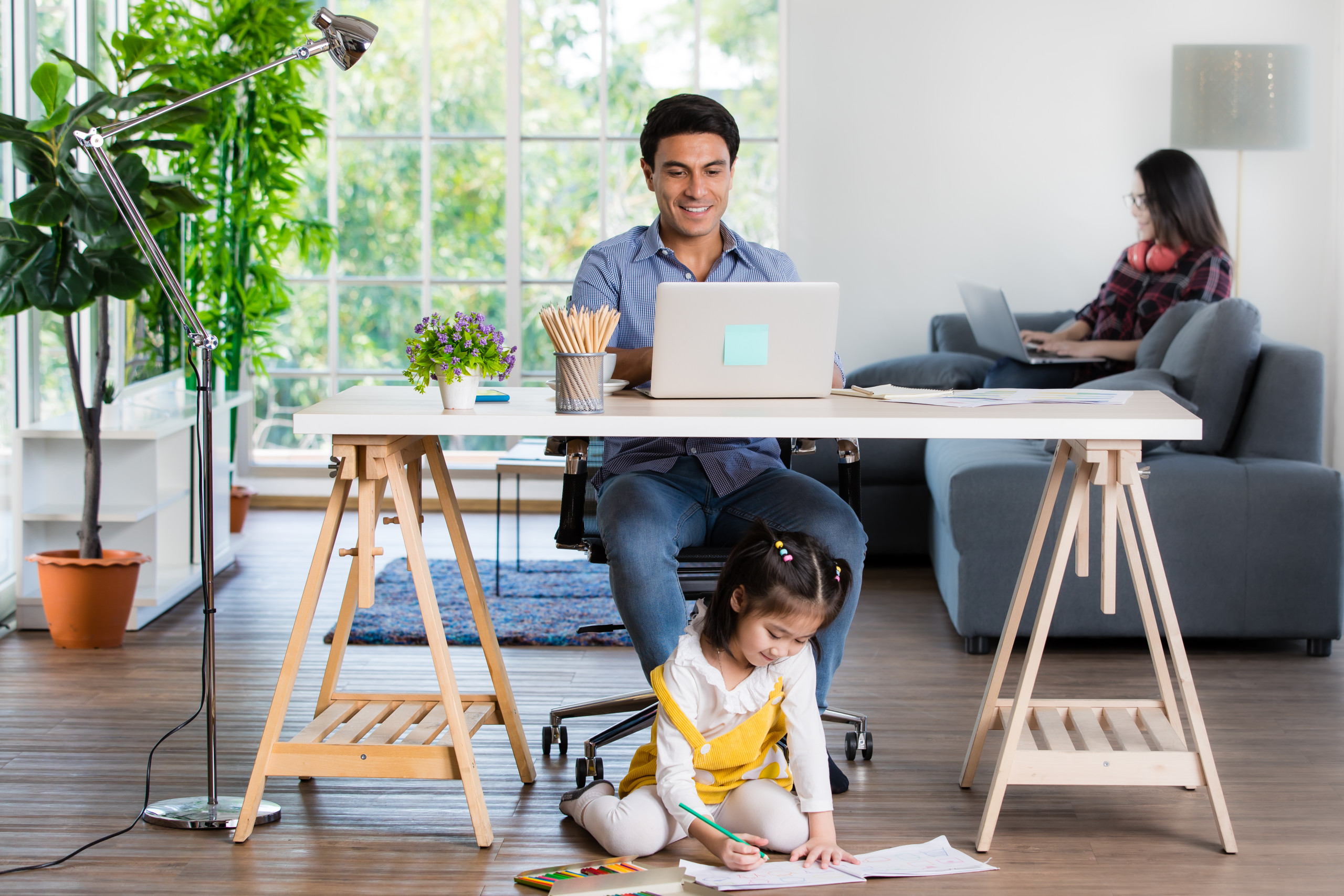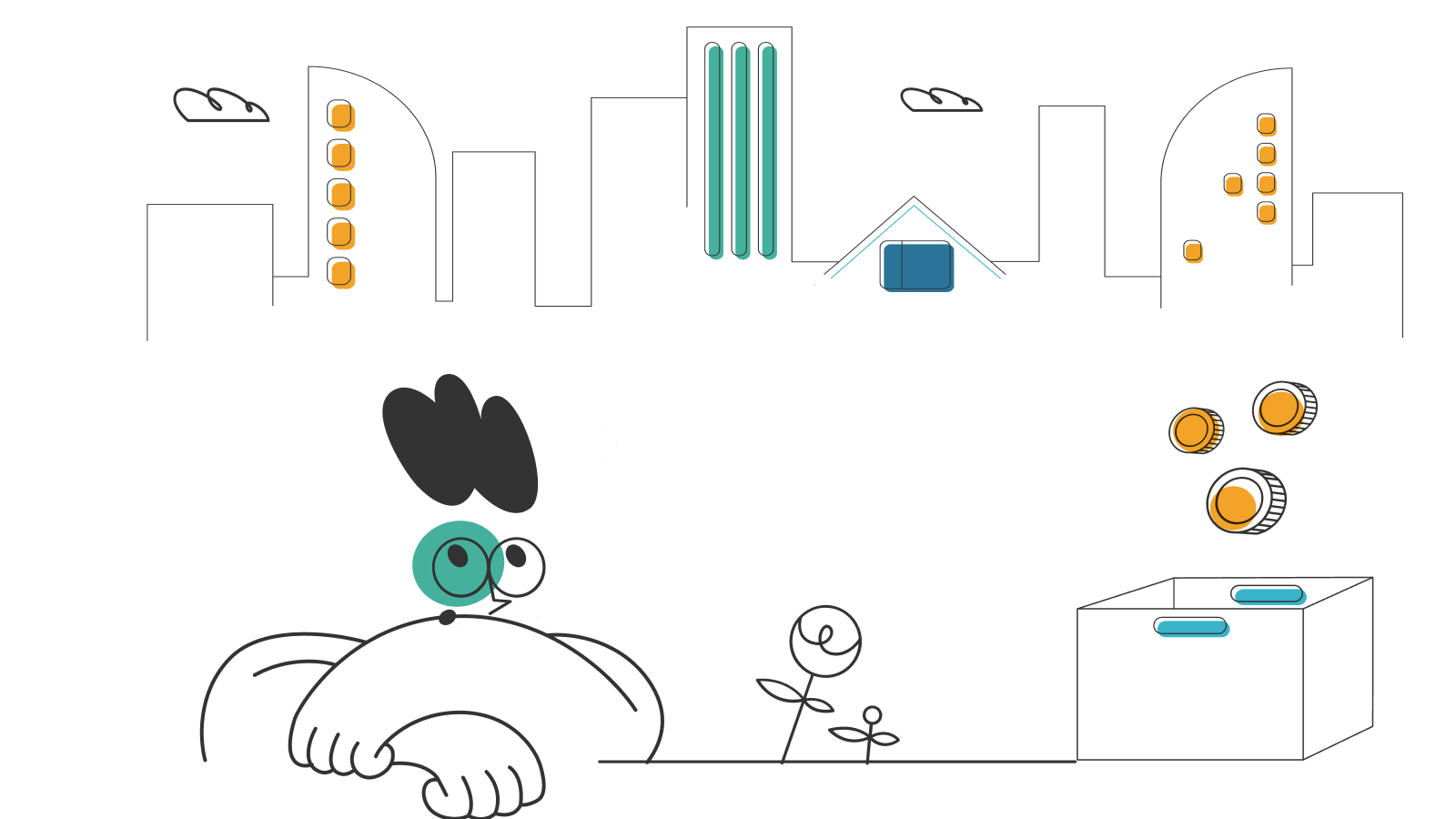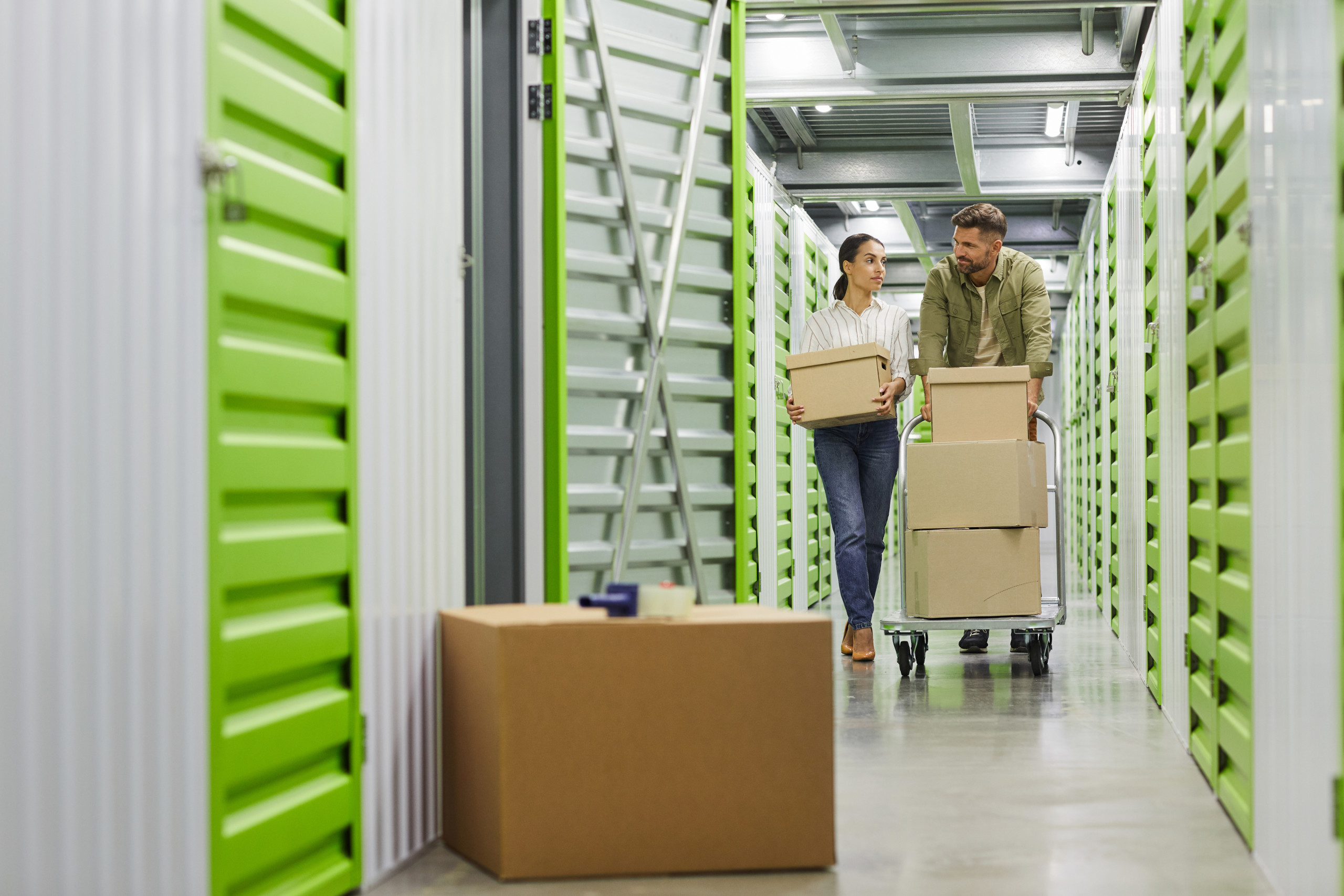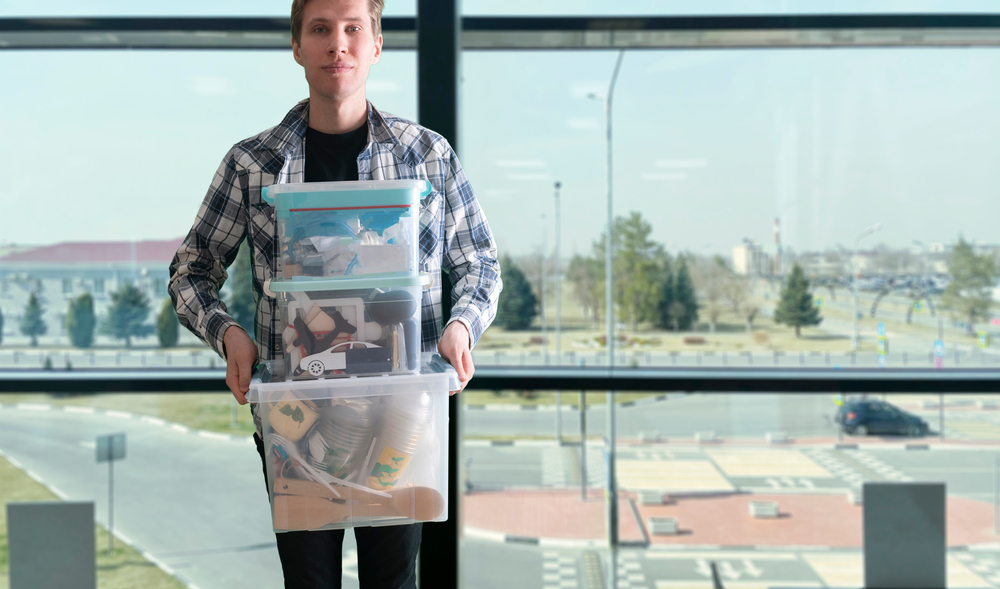How to Easily Pack Dishes and Stop Breaking Plates
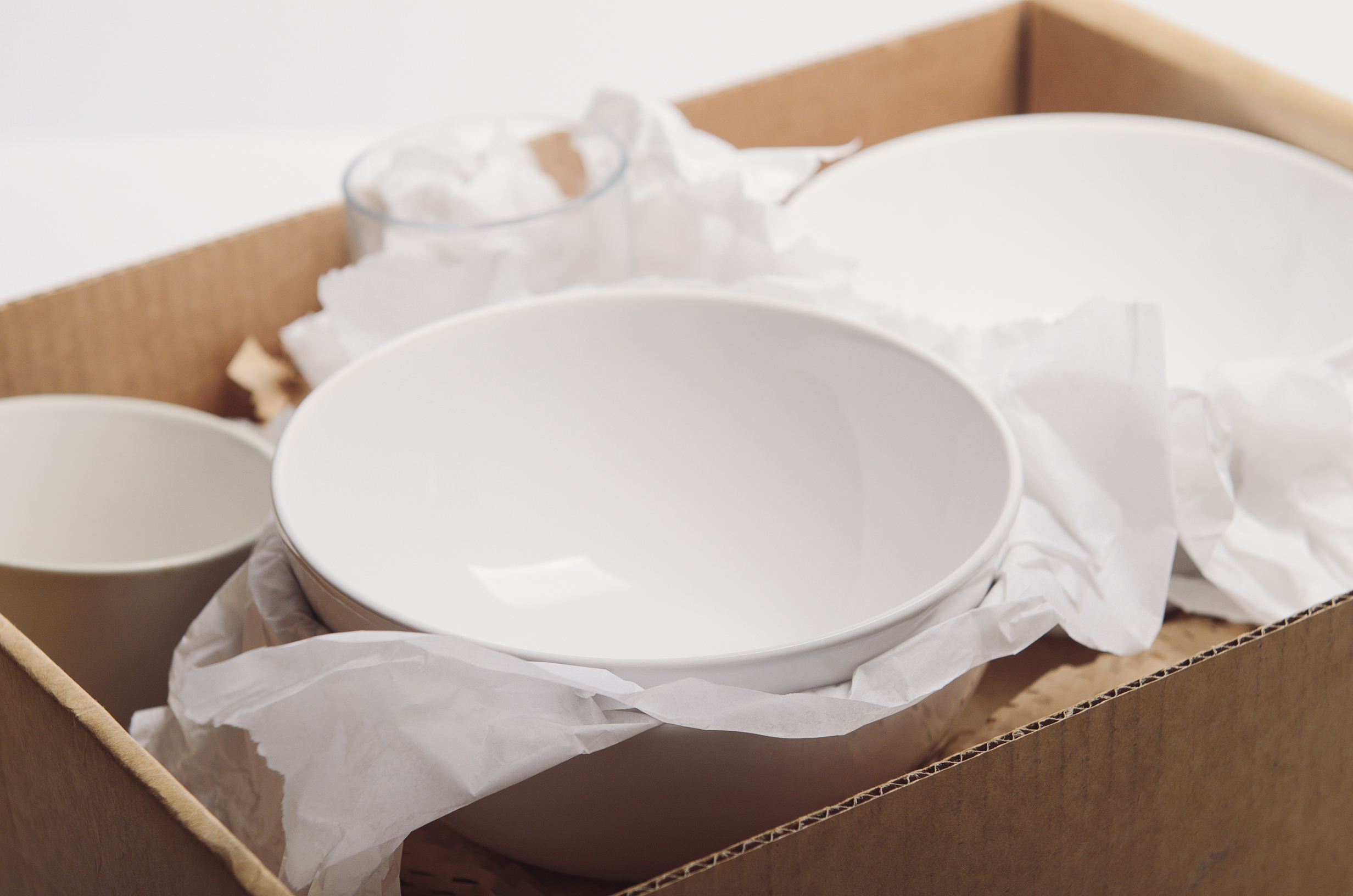
Moving soon? Get organized with our free moving checklist.
We’ve all been there — you arrive at your new place and unpack a couple of glasses to toast your arrival, only to find that they cracked on the way. If you’ve ever lost a wine glass in transit, you’re probably wondering how to pack dishes without losing any. As you are working through your moving checklist and it’s time to start packing, here’s what you need to know about packing dishes safely to end moving day with your feet up and your dishes intact.
- Packing materials you need to pack dishes
- How to pack dishes: general steps
- How to pack bowls and plates
- How to pack cups, mugs, and glasses
- How to pack stemware
- How to pack pots and pans
- More tips for how to pack dishes
Packing materials you need to pack dishes
When packing dishes, the name of the game is “wiggle room.” You want as little extra space as possible when packing dishes. That’s where your key packing ingredient comes in — packing paper. It’ll take up less space than bubble wrap and protect most of your most breakable dishes from glassware to your grandmother’s fine China, so you’ll want plenty of it. As for the other packing materials, the list is simple.
This is what you need to pack dishes safely:
- Packing paper
- Dish boxes
- Medium-sized boxes
- Packing tape
- Labels and markers
That’s it. You can skip the bubble wrap. If possible, you should also forgo the printed newspaper since newsprint ink can stain dishes. While you can usually wash the ink off, there’s always a chance it stains for good.
Why use a dish box?
Dish boxes are designed to hold dishes and other fragile items, so they’re stronger and thicker than most boxes. The extra padding helps to absorb shock and makes for sturdier transport. If the box shifts in transit or accidentally gets knocked, your dishes will be better off in a dish box. When figuring out how many moving boxes you need, be sure to tack on a few dish boxes.
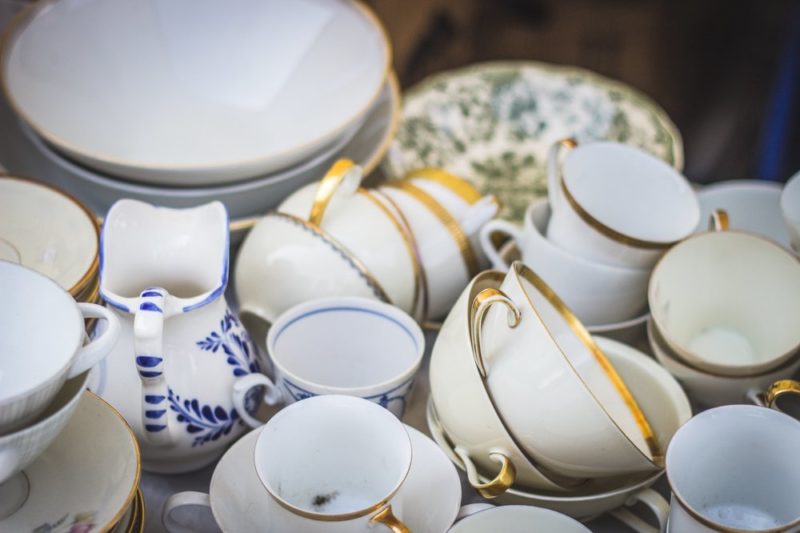
How to pack dishes: general steps
Want to know how to pack dishes without breaking them? You can follow the basic steps below for most of your dishes. Still, you’ll want to read on for tips to keep the stems on your wine glasses and the chips off your plates.
Generally, there are five primary steps to follow when you learn how to pack dishes for a move.
Step 1: Assemble each box and tape it very well. Dishes can be quite heavy depending on the type you have, so be sure to tape the boxes up thoroughly to prevent them from caving in.
Step 2: Create a good cushion on the bottom of each box with your packing paper. You should crumple up the paper rather than fold it. Then, you can place the crumpled paper in the box until you reach about six inches high within your box.
Step 3: Place the dish you’re packing in the middle of your packing paper on a flat surface. Wrap each dish, so it is well covered, secure the piece with tape, and place the dish in the box.
Step 4: When placing dishes in boxes, always start with the heaviest items and pack light pieces like glasses at the top of the moving boxes. Continue packing dishes in the box until it’s full, and use extra balls of paper or soft fabrics to fill in any spaces.
Step 5: Once your dishes are wrapped and packed, top the box with balled-up paper for added protection, just as you did with the bottom of the box. Close it up, tape it, and label the box. Be sure to note the room it belongs in and that its contents are fragile. You should also add the phrase “this end up” to boxes with dishes to ensure they’re handled correctly during moving.
Top Tip: Don’t make the dish boxes too heavy. It’s easy to do, so be conscious of how much you’re loading into each box and try to keep each one under 45 pounds.
How to pack bowls and plates
Bowls and plates may be different shapes and sizes, but they essentially can be handled the same way. They don’t have any handles or pieces sticking out, so they are some of the easier dishes to pack. They’re also the heaviest dishes, so you’ll want to put them in the boxes first.
There are two methods for packing bowls and plates—individually or in bundles. Packing your plates or bowls in a stack may seem faster and easier, but this could result in a few broken layers. Taking the time to wrap them individually could save you some dishes in the end.
Wrapping any fine China or valuable dishes also takes time, but it’s worth it to have your fragile items arrive safely. Be sure to put in the extra effort when deciding how to pack your dishes.
First, lay your packing paper on a table or flat surface, then place the dish in the middle. Bring one corner of the paper to the center of the dish at a time until all four corners meet in the middle. Then tuck or tape the paper to secure it and put each dish in the box vertically, as though you’re loading a dishwasher.
Repeat this for each dish until the bottom of your box is full. Lighter dishes only go on top of heavier ones, so start another box once the first layer is complete.
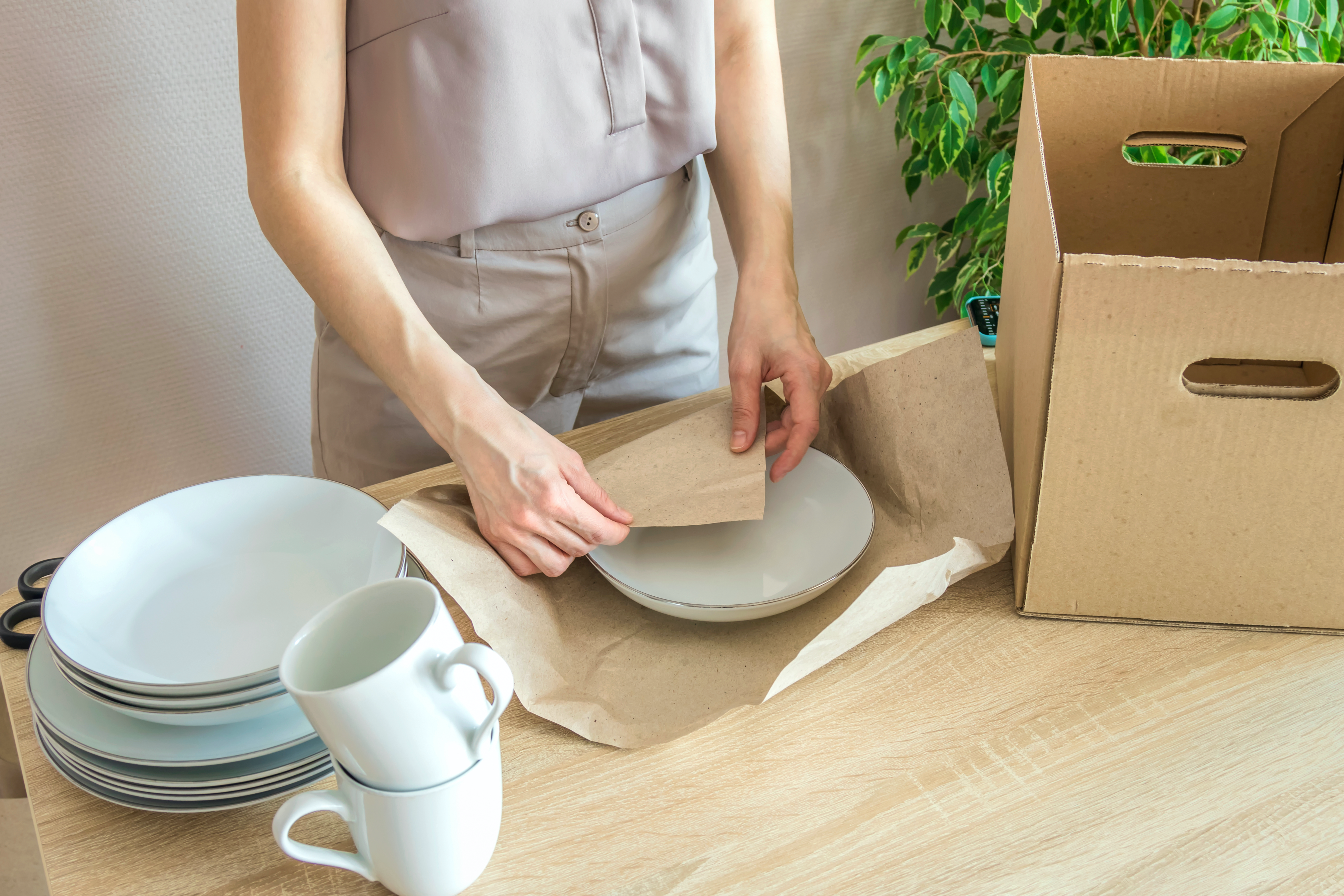
How to pack cups, mugs, and glasses
When packing dishes such as cups and mugs, you can treat them much like small bowls. They’ll take plenty of packing paper but are generally more durable than stemmed glasses.
To pack your cups, mugs, and glasses safely, start by filling them with crumpled packing paper. Then you can then use one or two sheets to wrap the vessels.
Start at one corner of the packing paper, with your dish on an angle. Roll the dish across the paper to the opposite corner. At the same time, fold in the excess paper for added protection.
If you think your dishes are strong enough, you can wrap two of them in one sheet of paper. Once you get halfway across the paper, place the next dish beside the first one and keep rolling to the end of the paper. This doubling-up method works best with the same type of cup, so keep your coffee mugs together and your shot glasses in their own paper wrap.
How to pack stemware
Stemware is most likely your most delicate, and therefore more breakable, dishes. Glass or crystal is fragile from top to bottom, so you must know how to pack these dishes before you start.
Before wrapping, gently fill the bowl of each glass with packing paper balls to support it. Then lay the glass on an angle in one corner of your packing paper. Roll the glass to the opposite corner of the paper, tucking and crumpling the paper around the glass as you go.
If you have any extra large packing paper, you can try wrapping two glasses in one sheet. Once you’ve wrapped the first glass in half a sheet of paper, lay the second glass next to it. Then keep rolling and wrapping until it’s completely covered in paper.
Make sure each part of the glass is fully covered by feeling for the edges through the paper. If you can feel the glass, go ahead and wrap it with another layer of paper.

How to pack pots and pans
When considering how to pack your dishes, you may be tempted to skip on the pots and pans, but don’t. Pots and pans are less likely to break, but damage can happen during transit. Non-stick pans are particularly susceptible to scratches, and all cookware can get dented.
Protect your pots and pans with plenty of packing paper. Place the cookware on your packing paper and fold one corner of paper at a time to the center. Then reinforce any pots by stuffing packing paper inside the vessel.
While their surfaces need extra padding, pots and pans don’t need to travel in dish boxes or barrels. Standard medium-sized packing boxes should be just fine.
More tips for how to pack dishes
Beyond purchasing enough packing paper to wrap a small village, there are a few other tips and tricks to know. Here’s what you need to remember as you become an expert in how to pack dishes:
- Pack heavier items first
- Always stack dishes vertically
- Cut down on packing paper by using towels
- Cushion everything and fill all spaces in each box
- Label every box “fragile” and “this way up”
- Put dish boxes in the moving truck gently
- Don’t pack boxes too heavy—45 pounds max.
- Fill packing boxes to the top
Now you’re ready to grab some packing paper and boxes, pack up those dishes, and arrive at your new place with a little more peace of mind. It’s time to break out those perfectly packed glasses and start that celebration! If you have other fragile items to pack, check out our blog post, How to Pack Fragile Items When You Move.


